When you’re wrong, you’re wrong, and I will admit that I got a few things wrong in my most recent article about food delivery drivers. I want to clear up some misunderstandings I had, despite my research.
Dozens of delivery drivers have reached out to offer more insights on their job and how it really works, and especially why tips are crucial to their livelihood. I spoke with a few of them and wanted to share some of the updated information. Most of these drivers were helpful, which is why I wanted to write an updated version.
In the original article, part of the issue was comparing food delivery services with dining at a full service restaurant. I stated, “The same rule of dining at a full service restaurant applies: Don’t eat out (or order the food delivery service) if you can’t afford to tip.”
While I stand by my tipping statement in the story, I initially felt that drivers should deliver food despite the expected tip. I was thinking of waiting tables, where the server has to serve each table in their station, whether they want to or not, and that the majority of fair or good tips compensate for the few bad tippers.
Here is where I see that this conclusion—and comparison—falls short.
- A restaurant is run by a full staff of employees, and each server has a team to rely on for help in case things get difficult: Kitchen staff, bussers, other servers, often a bartender or barista, and manager(s). Dealing with a difficult situation is a team effort. Delivery drivers may have a centralized support system, but nobody else to rely on or ask for help in the moment.
- Delivery drivers are usually only able to deliver one order at a time, unlike servers at a restaurant who work in stations where they usually are responsible for several tables at once. Therefore, each order in a day counts significantly toward the bottom line.
- Delivery drivers’ contracts with the parent companies gives them the choice to opt out of low dollar orders. They treat each order as a “bid,’ much like a freelancer. If the offer is too low, based on the expected payout shown in the app, the driver has every right to turn it down, unlike a server, who is required to take each table and does not find out the tip until the guests leave.
This takes me to the next point, which I tried to explain in my last article, but did not make clear. The food delivery apps have the greater responsibility here to the customers, as they are the ones who are “selling” the service. I’ve written before about their predatory practices toward restaurants, charging businesses up to 30% of the order, and sometimes even more when they offer a promotion.
Some apps even pay to have their ordering platform pop up when someone Googles the restaurant, so the unsuspecting customer who intends to support a small local business ends up ordering through the third party platform instead. These food delivery apps offer a service that has helped people stay home and support local restaurants safely, and have given drivers a way to pay the bills after losing their jobs due to COVID-19. Some of them have reduced their charges to restaurants, helping them stay in business with takeout orders, and we need to see more of this. Mind you, they are charging the restaurants and the guests, and by taking a good chunk out of the service fees, the drivers may actually end up losing money if they were to accept every possible trip.
Here are a few more points to consider when ordering through these apps–and when deciding how much to tip your drivers.
- Most of these apps do not have a minimum order, as their service fee stays the same whether the driver is being asked to deliver, say a single fast food burger or a larger order from a restaurant. The driver’s portion of the service fee or base rate is often the same for both orders, so the tip really can make the trip worth it or not. Often the tip reflects the lower purchase price, something drivers must weigh when considering time spent, gas, and wear and tear on their own personal cars.
- I admit I have always lived in cities, closer to the center of the action, and I did not consider that apps will offer trips to drivers who may be more than 10 miles away. This is especially true in rural and suburban areas, although this also happens in cities. Therefore, drivers may not only be asked to spend 20+ minutes to pick up and deliver one order, one way, they may be asked to do so for as little as $3.00.
- Some of the apps are better at incentivizing drivers to make these trips worth their time. Several drivers noted that UberEats often did so, although usually not unless the trip has been refused a number of times. Even so, there doesn’t seem to be a standard for when or whom to incentivize, as drivers report that one driver in an area may be offered the incentive while others are not.
It’s a complex system, but it is clear that if these food delivery apps want the most reliable drivers, they will need to take better care of their contractors. Incentivizing them by making up for low ticket and lower tipping orders is a good start.
At the end of the day, having our food delivered to us is a luxury service. While it’s true that many people are new to this system and to using the apps (such as the elderly who are at greater risk out in public during a pandemic), it’s also the consumer’s obligation to educate themselves on how it works, and to opt in or out accordingly. Tipping is optional, but be aware that so is accepting these trips. Nobody should be expected to work for free.
Joleen Jernigan is an ever-curious writer, grammar nerd, and social media strategist with a background in training, education, and educational publishing. A native Texan, Joleen has traveled extensively, worked in six countries, and holds an MA in Teaching English as a Second Language. She lives in Austin and constantly seeks out the best the city has to offer.





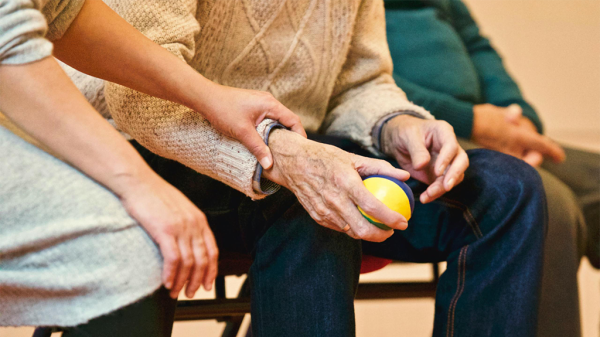


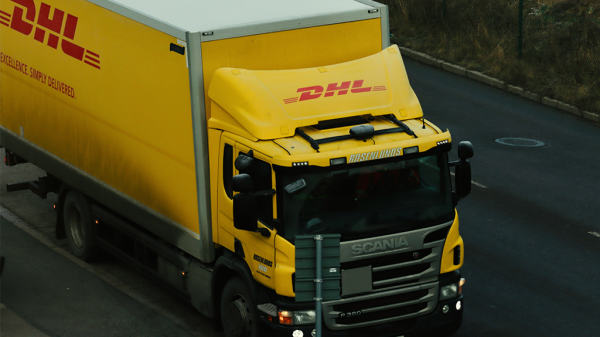




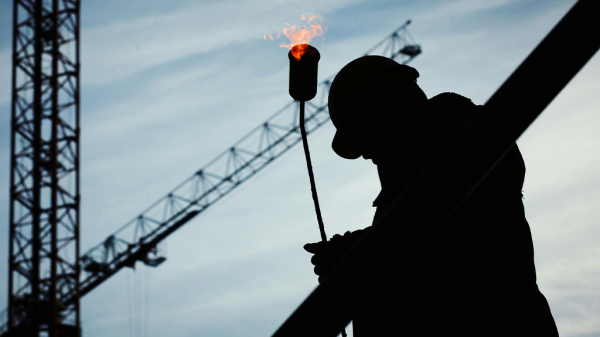
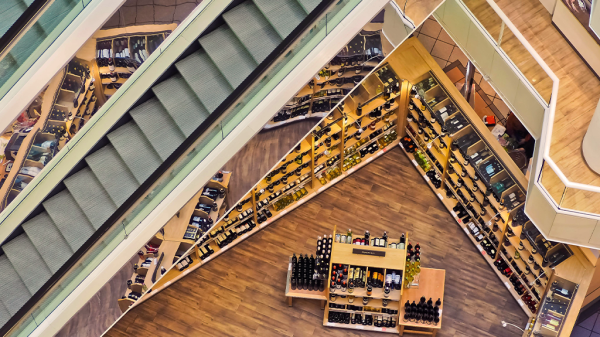




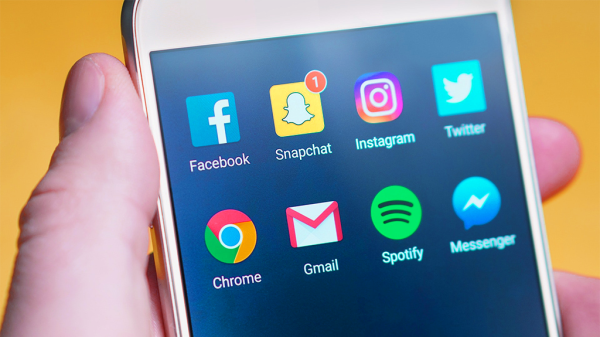
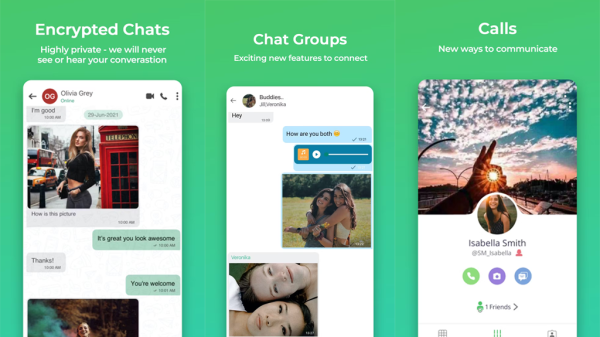
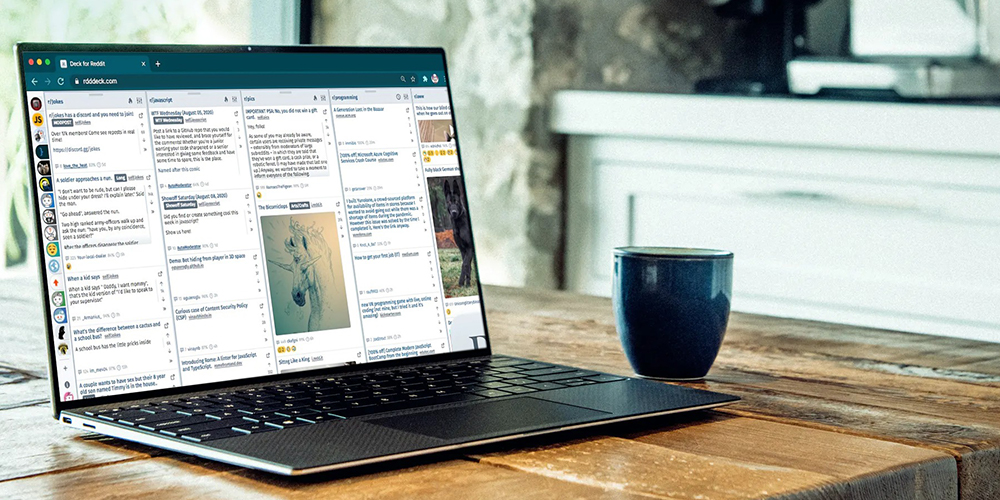


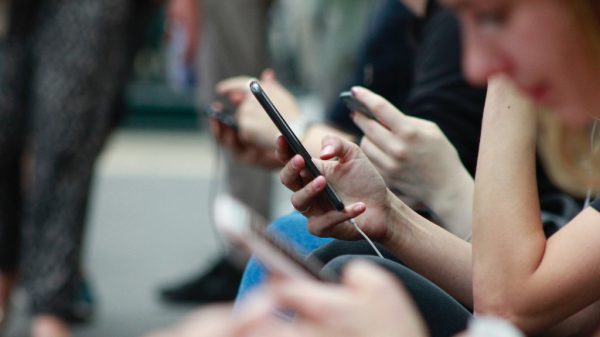
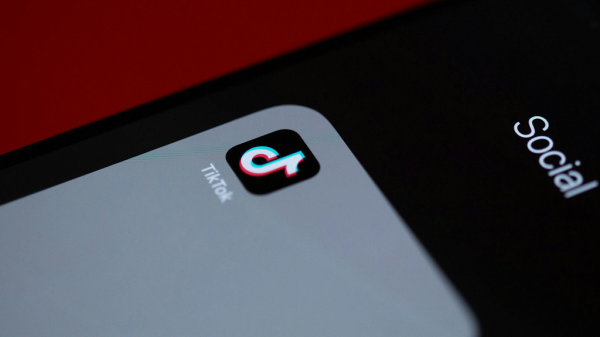
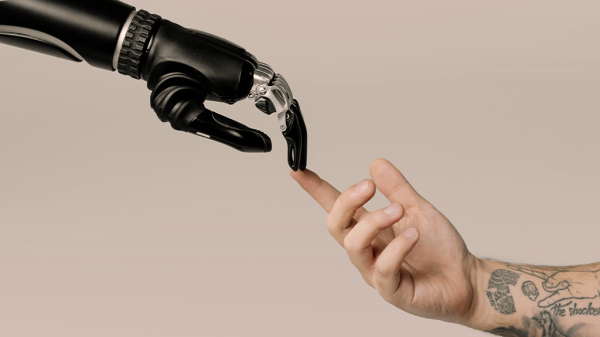


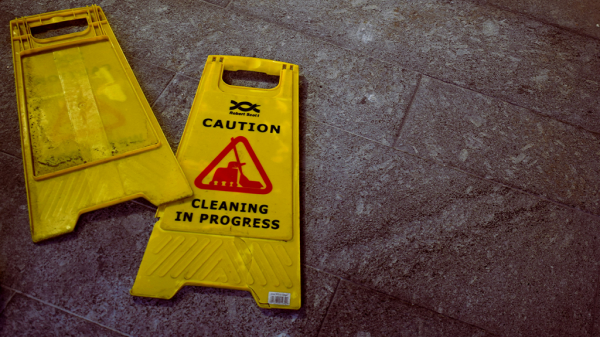

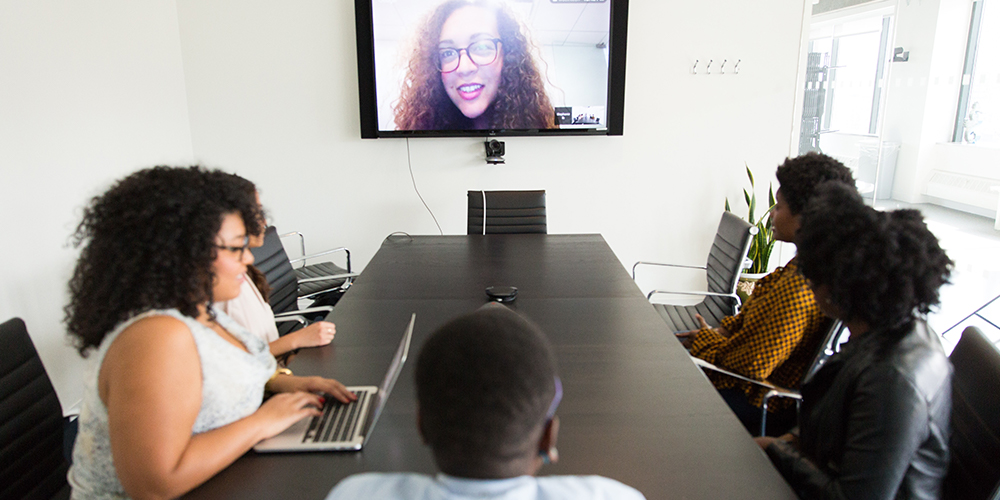




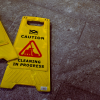







Jeremy Haston
April 3, 2021 at 1:13 pm
Thank you
Lee Carroll
July 12, 2021 at 10:41 pm
You nailed it in one sentence. Ordering food is a luxury and if you can afford luxury then you can afford a tip. Most drivers including myself have a No Tip,No Trip policy. The only think you forgot to mention is that DoorDash won’t even show drivers the tip until after the delivery and often packages good tips with bad tips just to get the order delivered.
Henry Killingsworth
February 23, 2022 at 12:53 pm
I’m glad the article talked about how tips are crucial for a delivery driver’s livelihood. I would think that it would be a good idea to set aside some cash that you can use for tips if you order delivery. That way you can have some money that you can use for tips when a driver gets to your home.